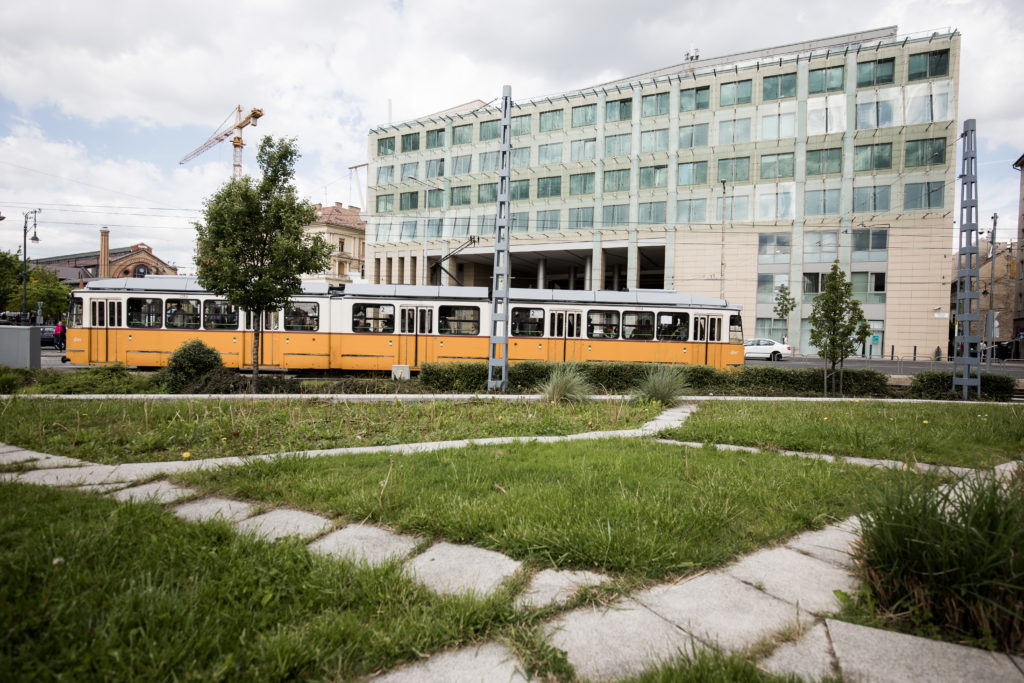Reconstructing social mixing patterns via weighted contact matrices from online and representative surveys – Publication by Orsolya Vásárhelyi

The unprecedented behavioural responses of societies have been evidently shaping the COVID-19 pandemic, yet it is a significant challenge to accurately monitor the continuously changing social mixing patterns in real-time. Contact matrices, usually stratified by age, summarise interaction motifs efficiently, but their collection relies on conventional representative survey techniques, which are expensive and slow to obtain. Here we report a data collection effort involving over 2.3% of the Hungarian population to simultaneously record contact matrices through a longitudinal online and sequence of representative phone surveys. To correct non-representative biases characterising the online data, by using census data and the representative samples we develop a reconstruction method to provide a scalable, cheap, and flexible way to dynamically obtain closer-to-representative contact matrices. Our results demonstrate that although some conventional socio-demographic characters correlate significantly with the change of contact numbers, the strongest predictors can be collected only via surveys techniques and combined with census data for the best reconstruction performance. We demonstrate the potential of combined online-offline data collections to understand the changing behavioural responses determining the future evolution of the outbreak, and to inform epidemic models with crucial data.